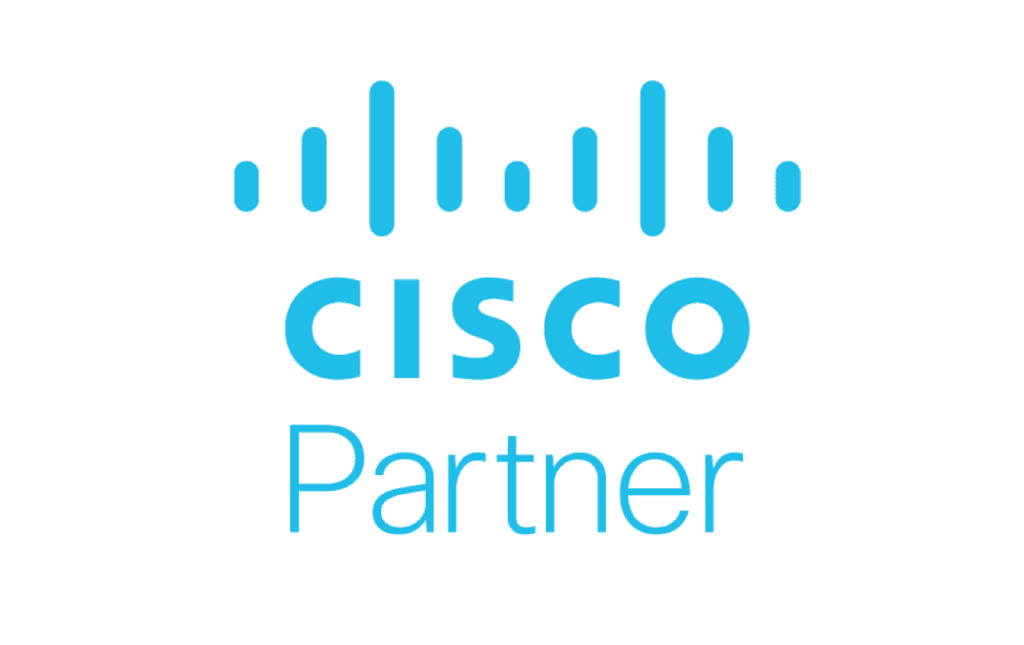However, UC management best practices require a proactive approach to optimization to boost ROI. We painstakingly collected the top best practices you can implement in your UC strategy to boost your Cisco management efficiency and reduce operational costs and efforts.
Why should you optimize your unified communications management?
Managing unified communications takes a massive toll on IT teams. Which is why unified communications best practice number one calls for unburdening IT teams from daily tasks so they can focus their precious expertise on tasks that actually move the business forward.
To do so, you must provide the means to reduce the need for IT for simple technical tickets. Using unified communications as a service solution provides the infrastructure needed to take a load off IT and save numerous human resources hours, dependency, and even reduce costs.
6 unified communications management best practices
Now that we understand the biggest need, let’s dive into how to optimize your UC lifecycle management and make the lives of every employee and client a little better.
1. Move operations to the cloud
In accordance with the WFH trends, allowing IT personnel the ability to operate remotely has become a necessity for most enterprises. Large organizations usually have branches worldwide which mean technical support should be available remotely and around the clock. Migrating management solution applications to the cloud increases efficiency and decrease IT costs for the enterprise.
Automated UC management solutions like Tuki are hybrid solutions that are connected to the cloud and IP PBX switchboard. Cloud-based UC management means no downtime, no risks, and it’s super simple for anyone on the team to use.
We helped one chemical manufacturer present in over 160 countries with +60,000 employees to migrate to the cloud in less than 3 weeks with zero downtime. This migration reduced UC operational costs by 80%. Read the full story here.
2. Automate routine daily tasks
You can optimize unified communications management by automating day-to-day tasks. Using UC applications management is not only time-consuming for IT staff; it’s disruptive for employees trying to do their job.
Configuring and automating workflow procedures saves unimaginable time and money for enterprises.
You can streamline these processes using unified communication management tools like Tuki. It will even help you make the most out of your ITSM. Automating your unified communications management slashes UC lifecycle efforts to minutes instead of hours.
3. Establish company-wide security policies
It’s easy to apply and enforce security policies with unified communication management. By regulating and configuring provisioning and permissions “behind the scenes,” IT teams implement limited access to change highly delicate applications.
Since IT controls the instruments, employees must follow strict security policies that keep enterprises safe from internal and external threats.
IT can easily configure, change and optimize these policies collectively with automated, unified communication management.
4. Facilitate self-service capabilities
Unified communication management solutions offer self-service portals for IT and employees. These self-service portals allow employees to manage their profile and communication and collaboration applications from one place.
These portals include emails, voicemails, and video conferencing, eliminating the dependency on the IT team for administrative tasks.
5. Delegate administrative functions
Unified communication management helps delegate administrative tasks like provisioning to department heads. Allowing HR managers the liberty to take care of provisioning helps unburden valuable IT staff and makes onboarding and offboarding a pleasant and instant experience for employees and those moving on.
6. Improve existing processes
Another best practice for unified communication management is monitoring the real-time performance of the applications used in the enterprise. It’s simple to do when everything is logged and tracked in the cloud. Tracking the performance of voice and video apps enables:
- The proactive identification of potential issues before they happen
- Rapid recovery from outages or performance problems
UC service management platforms add a layer of monitoring and optimizing company-wide tools, which helps make large organizations efficient.
Automate your UC management with Tuki
Discovering the secrets and best practices of unified communication management can only take you so far. So if you’re serious about optimizing your UC lifecycle and the impact it can have on your bottom line, consider migrating to Tuki’s cloud-based UC lifecycle solution. Click here to see it for yourself today.










